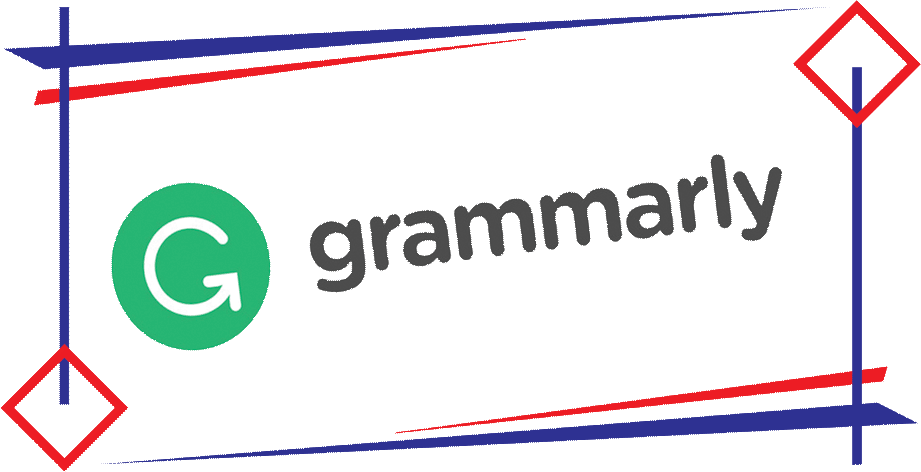Enhance User Interface to Deaf E-Learning Based on User Centered Design
Abstract
Full Text:
PDFReferences
C. J. Brigas, “Modeling and Simulation in an Educational Context: Teaching and Learning Sciences,” Res. Soc. Sci. Technol., vol. 4, no. 2, pp. 1–12, 2019, doi: 10.46303/ressat.04.02.1.
S. Sahronih, A. Purwanto, and M. Sumantri Syarif, “Interactive learning,” British Dental Journal, vol. 198, no. 3. pp. 179–179, 2005, doi: 10.1038/sj.bdj.4812074.
K. Rana and K. Rana, “ICT Integration in Teaching and Learning Activities in Higher Education: A Case Study of Nepal’s Teacher Education,” Malaysian Online J. Educ. Technol., vol. 8, no. 1, pp. 36–47, 2020, doi: 10.17220/mojet.2020.01.003.
M. H. Mohd Hashim and Z. Tasir, An e-learning environment embedded with sign language videos: research into its usability and the academic performance and learning patterns of deaf students, vol. 68, no. 6. Springer US, 2020.
K. N. Alasim, “Participation and interaction of deaf and hard-of-hearing students in inclusion classroom,” Int. J. Spec. Educ., vol. 33, no. 2, pp. 493–506, 2018.
J. I. Pozo, M. P. Pérez Echeverría, B. Cabellos, and D. L. Sánchez, “Teaching and Learning in Times of COVID-19: Uses of Digital Technologies During School Lockdowns,” Front. Psychol., vol. 12, no. April, pp. 1–13, 2021, doi: 10.3389/fpsyg.2021.656776.
L. Hidayat, G. Gunarhadi, and F. Hidayatulloh, “Multimedia Based Learning Materials for Deaf Students,” Eur. J. Spec. Educ. Res., vol. 2, no. 3, pp. 77–87, 2017, doi: 10.5281/zenodo.376744.
A. Karabulut-Ilgu, N. Jaramillo Cherrez, and C. T. Jahren, “A systematic review of research on the flipped learning method in engineering education,” Br. J. Educ. Technol., vol. 49, no. 3, pp. 398–411, 2018, doi: 10.1111/bjet.12548.
P. M. Wooten, “A phenomenological study of online learning for deaf students in postsecondary education: A deaf perspective,” ProQuest Diss. Theses, p. 259, 2014.
L. P. Wanti et al., “IMPLEMENTASI USER CENTERED DESIGN PADA SISTEM PAKAR DIAGNOSIS,” vol. 11, no. 20, pp. 1–10, 2019.
B. Still and K. Crane, F U N D a M E N Ta L S O F User-Centered Design a Practical Approach. CRC Press, 2017.
T. Jokela, N. Iivari, J. Matero, and M. Karukka, “The standard of user-centered design and the standard definition of usability: Analyzing ISO 13407 against ISO 9241-11,” ACM Int. Conf. Proceeding Ser., vol. 46, no. April 2016, pp. 53–60, 2003.
A. Hussain, E. O. C. Mkpojiogu, and K. Suleiman, “A usability testing of a mobile print shop booking and design application,” J. Adv. Res. Dyn. Control Syst., vol. 10, no. 10 Special Issue, pp. 1359–1365, 2018.
A. A. Alshawabkeh, M. L. Woolsey, and F. F. Kharbat, “Using online information technology for deaf students during COVID-19: A closer look from experience,” Heliyon, vol. 7, no. 5, p. e06915, 2021, doi: 10.1016/j.heliyon.2021.e06915.
H. B. Santoso, P. O. H. Putra, and F. F. H. S. Febrian, “Development & Evaluation of E-Learning Module Based on Visual and Global Preferences Using a User-Centered Design Approach,” Int. J. Emerg. Technol. Learn., vol. 16, no. 15, pp. 139–151, 2021, doi: 10.3991/ijet.v16i15.24163.
S. C. Nwaneri and H. C. Ugo, “Development of a Graphical User Interface Software for The Prediction of Chronic Kidney Disease,” vol. 41, no. 1, pp. 175–183, 2022.
G. Volkovitckaia, Y. Tikhonova, and O. Kolosova, “Educational Experience in the Mobile Learning Environment: Consumer Behaviour Perspective,” Int. J. Interact. Mob. Technol., vol. 14, no. 21, pp. 92–106, 2020, doi: 10.3991/ijim.v14i21.18441.
N. A. N. Ahmad and M. Hussaini, “A Usability Testing of a Higher Education Mobile Application Among Postgraduate and Undergraduate Students,” Int. J. Interact. Mob. Technol., vol. 15, no. 9, pp. 88–102, 2021, doi: 10.3991/ijim.v15i09.19943.
J. w Cresswell, Educational Research Planning, Conducting, and Evaluating Quantitative and Qualitative Research, 4th ed. Boston: Phoenix Color Corp, 2012.
I. Afrianto and R. G. Guntara, “Implementation of User Centered Design Method in Designing Android-based Journal Reminder Application,” IOP Conf. Ser. Mater. Sci. Eng., vol. 662, no. 2, 2019, doi: 10.1088/1757-899X/662/2/022029.
M. S. Hartawan, “Analisa user interface untuk meningkatkan user experience menggunakan usability testing pada aplikasi android pemesanan test drive mobil,” J. Teknol. Inf. ESIT, Univ. Krisnadwipayana, vol. 14, no. 2, pp. 46–52, 2019.
K. Krisna, I. K. R. Arthana, and G. A. Pradnyana, “Pengujian Usability Pada Prototype Aplikasiwadaya Dengan Metode Usability Testing Mengadopsi Standar Iso 9241:11,” Ultim. J. Tek. Inform., vol. 11, no. 1, pp. 52–54, 2019, doi: 10.31937/ti.v11i1.1240.
Y. Nurhadryani, S. K. Sianturi, I. Hermadi, and H. Khotimah, “Pengujian Usability untuk Meningkatkan Antarmuka Aplikasi Mobile,” J. Ilmu Komput. dan Agri-Informatika, vol. 2, no. 2, p. 83, 2013, doi: 10.29244/jika.2.2.83-93.
N. Fauzi, H. M. Az-Zahra, and A. P. Kharisma, “Analisis Usability Aplikasi Perangkat Bergerak Jual Beli Online dengan Model People At The Center of Mobile Application Development ( PACMAD ) ( Studi Kasus: Tokopedia , Bukalapak dan Shopee ),” J. Pengemb. Teknol. Inf. dan Ilmu Komput., vol. 3, no. 3, pp. 2552–2557, 2019.
S. Wardani, I. G. M. Darmawiguna, and N. Sugihartini, “Usability Testing Sesuai Dengan ISO 9241-11 Pada Sistem Informasi Program Pengalaman Lapangan Universitas Pendidikan Ganesha Ditinjau Dari Pengguna Mahasiswa,” Kumpul. Artik. Mhs. Pendidik. Tek. Inform., vol. 8, no. 2, p. 356, 2019, doi: 10.23887/karmapati.v8i2.18400.
DOI: https://doi.org/10.18860/mat.v14i2.17703
Refbacks
- There are currently no refbacks.
Copyright (c) 2022 Fardan Zamakhsyari

This work is licensed under a Creative Commons Attribution-NonCommercial-ShareAlike 4.0 International License.
The journal is indexed by :
_______________________________________________________________________________________________________________
Editorial Office:
Informatics Engineering Department
Faculty of Science and Technology
Universitas Islam Negeri Maulana Malik Ibrahim Malang
Jalan Gajayana 50 Malang, Jawa Timur, Indonesia 65144
Email: matics@uin-malang.ac.id
_______________________________________________________________________________________________________________
![]()
This work is licensed under a CC-BY-SA 4.0.
© All rights reserved 2015. MATICS , ISSN : 1978-161X | e-ISSN : 2477-2550






